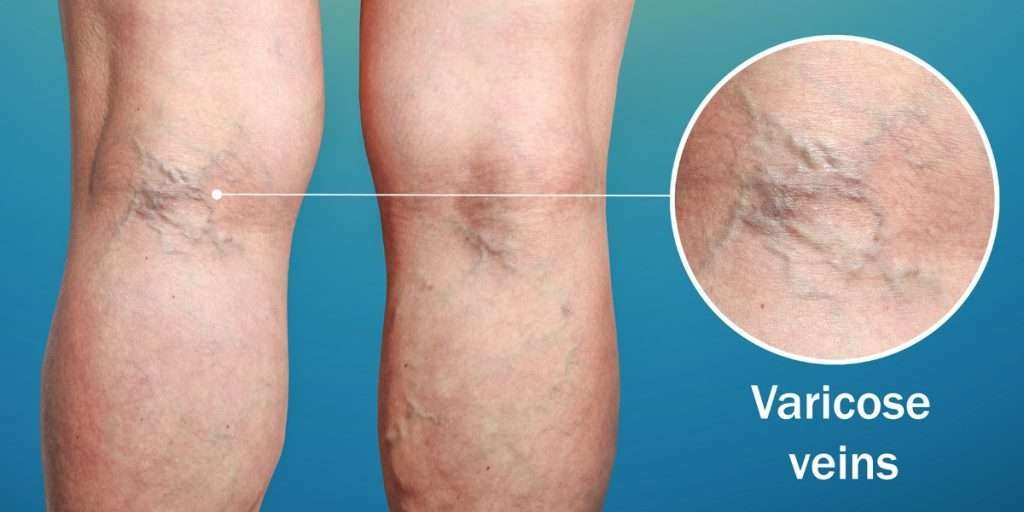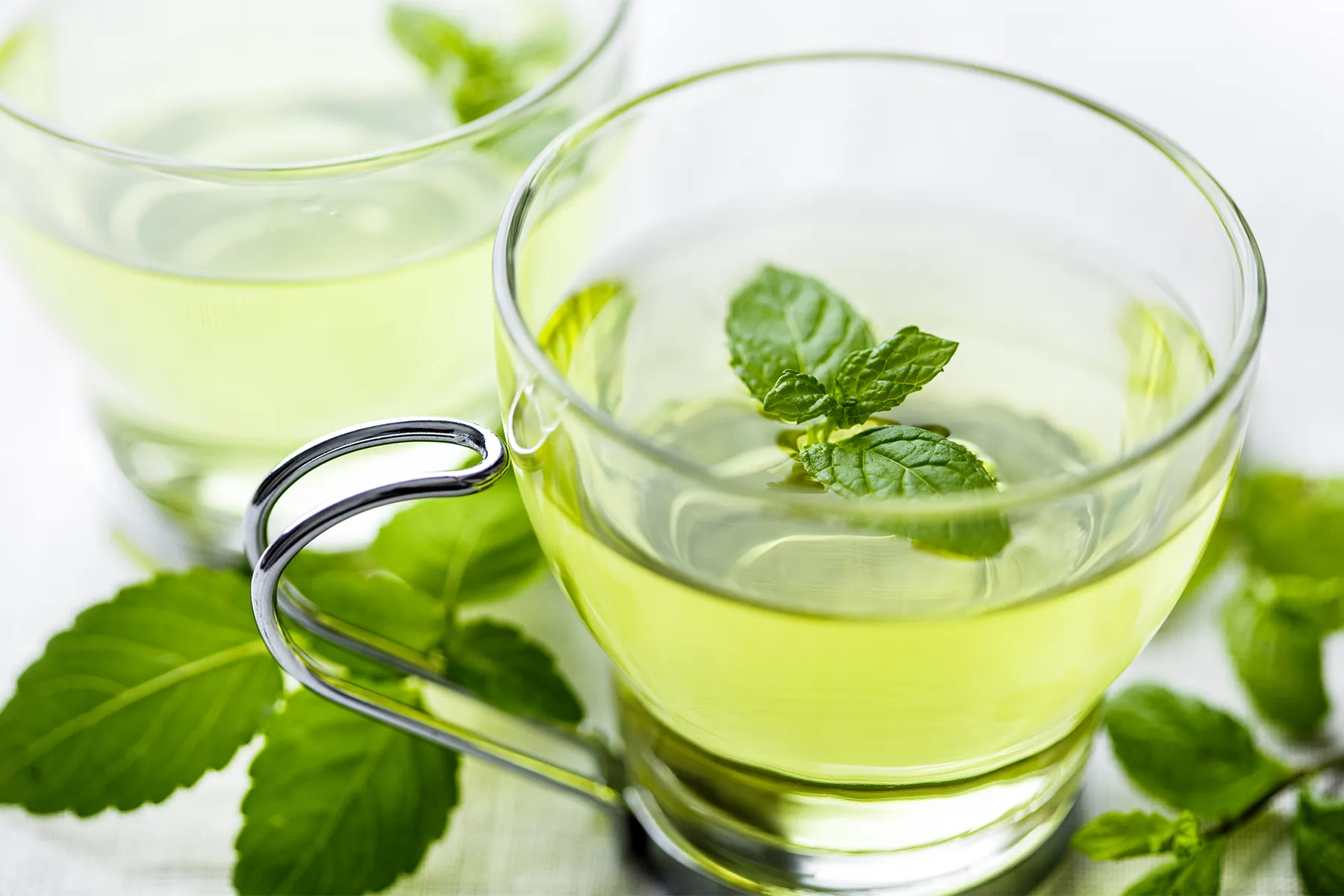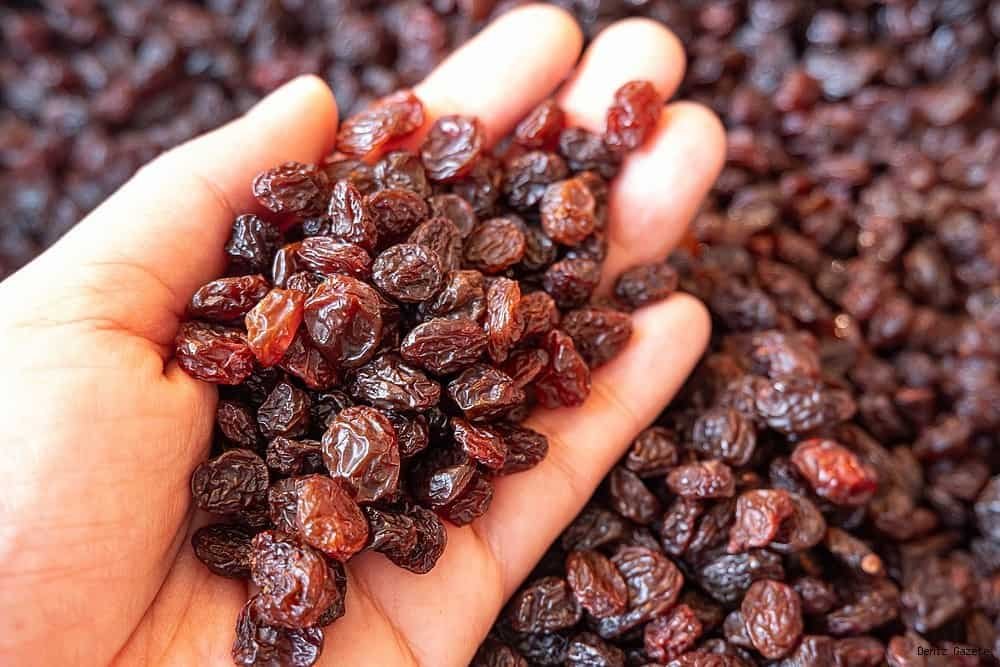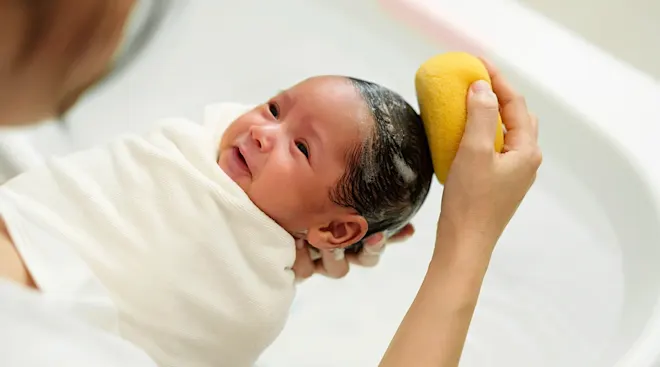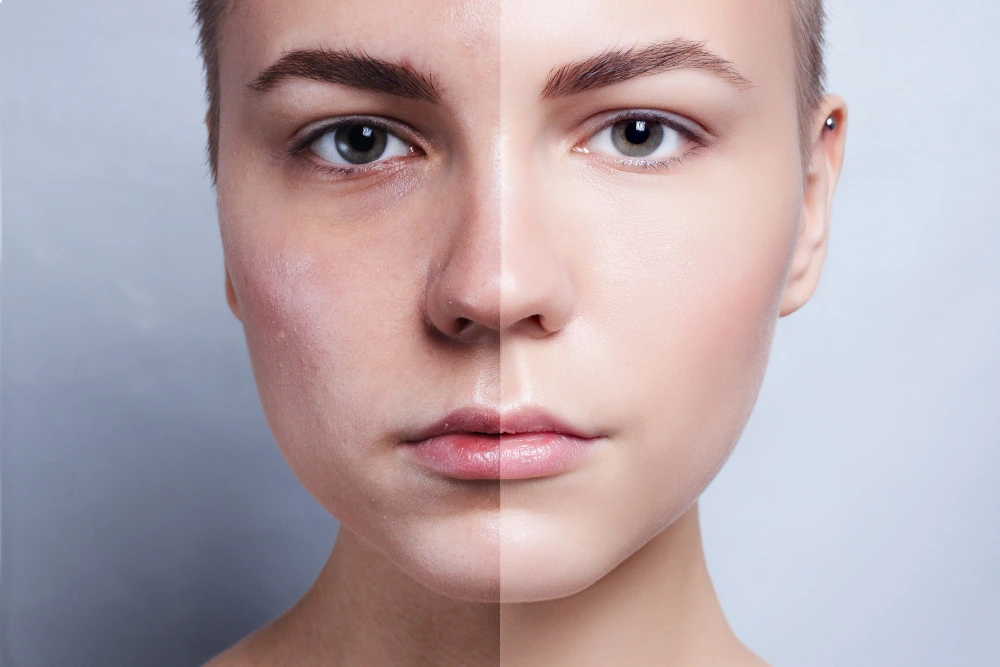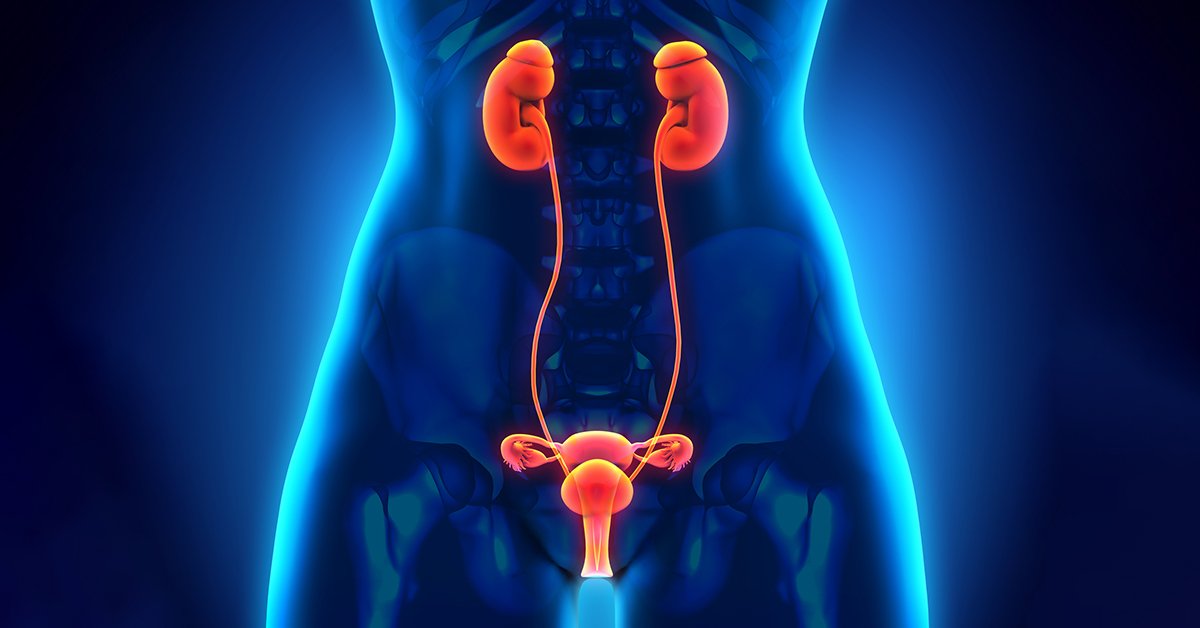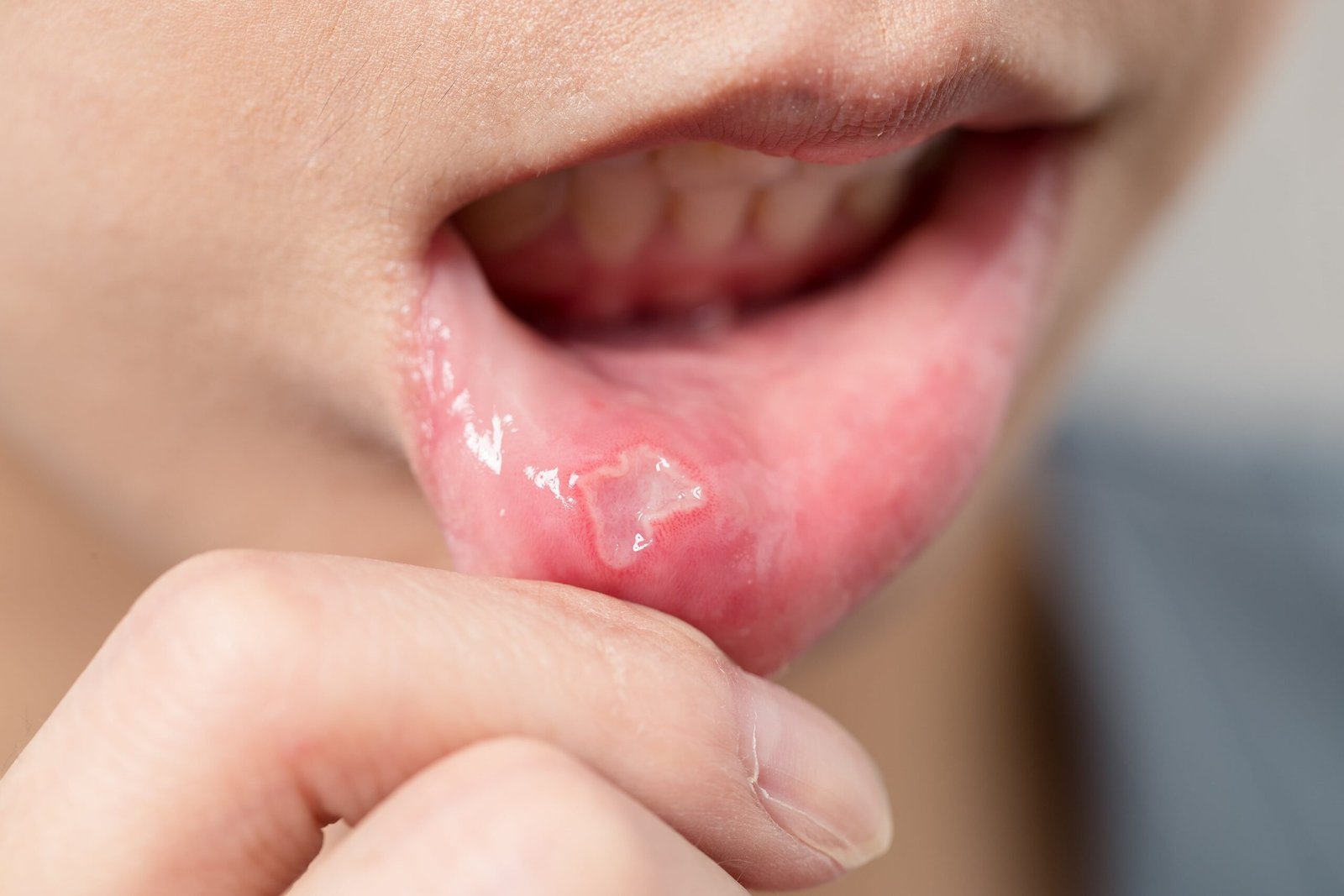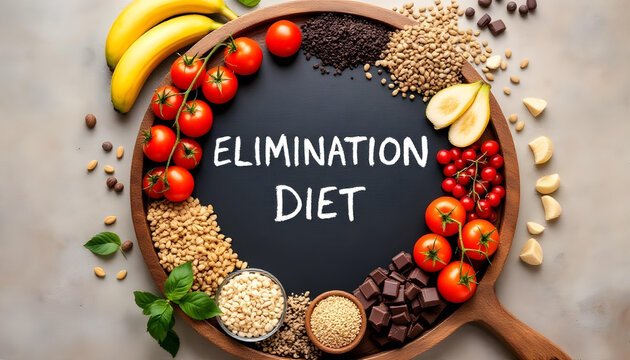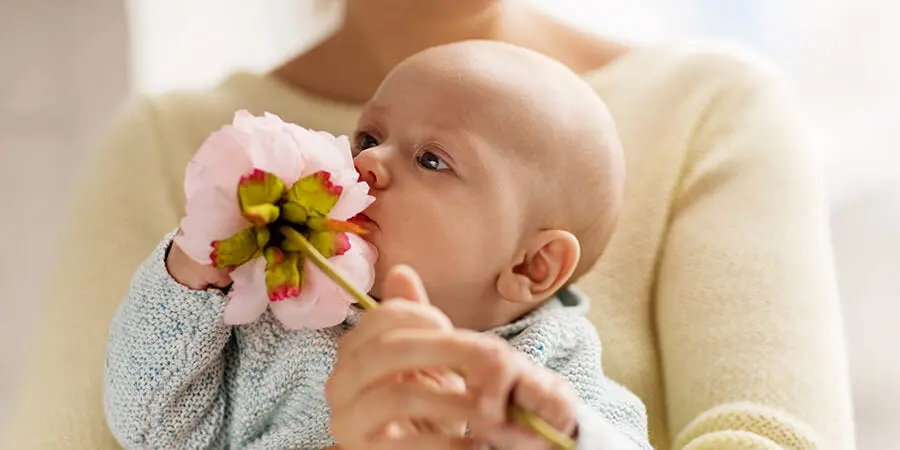If you’ve ever noticed bulging, twisted blue or purple veins on your legs or feet, you may be dealing with varicose veins. They can be uncomfortable, unsightly, and sometimes painful. While many people think varicose veins are just cosmetic, they can actually signal underlying circulation problems.
The good news is whether you want natural home remedies or modern medical treatments there are plenty of ways to manage and even eliminate varicose veins.
What Are Varicose Veins?Varicose veins are enlarged, swollen, twisted veins that usually appear on the legs and feet. They occur when the tiny valves inside your veins stop working properly.
Normally, these valves ensure that blood flows one way—back to the heart. But when they weaken, blood pools in the veins, causing them to stretch, swell, and become visible under the skin.
Symptoms of Varicose Veins:
-
Dark purple or blue swollen veins
-
Rope-like, bulging appearance under the skin
-
Aching, throbbing, or heavy feeling in legs
-
Swelling around ankles and feet
-
Itching, burning, or restless legs
-
Muscle cramps at night
⚠️ If untreated, severe cases may lead to skin ulcers, blood clots, or chronic venous insufficiency.
Who Is at Risk of Varicose Veins?
-
Age (50+) – Vein valves weaken naturally with age.
-
Women – Hormones, pregnancy, and menopause increase risk.
-
Genetics – Family history greatly raises your chances.
-
Pregnancy – Extra blood volume and pressure on pelvic veins.
-
Obesity – Extra weight puts pressure on leg veins.
-
Sedentary Lifestyle – Standing/sitting too long without movement.
-
Jobs Requiring Long Standing – Nurses, teachers, cashiers, and factory workers often face higher risk.
Causes of Varicose Veins in Detail
-
Weak or Damaged Vein Valves → Blood flows backward and pools.
-
Increased Pressure in Leg Veins → From standing/sitting long hours.
-
Hormonal Fluctuations → Estrogen & progesterone relax vein walls.
-
Obesity & Extra Body Weight → Extra pressure on veins makes blood circulation harder.
-
Lack of Exercise → Poor calf muscle strength weakens circulation.
-
Constipation & Straining → Increases pressure in abdominal and leg veins.
Effective Home Remedies for Varicose Veins
1. Stay Active with Low-Impact Exercises
-
Why it helps: Exercise strengthens calf muscles, which act as natural pumps for veins.
-
Best exercises: Walking, cycling, swimming, yoga, calf raises.
-
Tip: Aim for 30 minutes daily to boost circulation.
2. Elevate Your Legs
-
Why it helps: Gravity helps blood flow back to the heart.
-
Tip: Raise your legs above heart level for 15–20 minutes, 3–4 times daily.
3. Wear Compression Stockings
-
Why it helps: They apply gentle pressure, prevent pooling, and improve circulation.
-
Tip: Consult your doctor for the correct compression level (mild, moderate, or high).
4. Follow a Varicose Vein-Friendly Diet
-
Low-salt diet: Prevents water retention and swelling.
-
High-fiber foods: Reduce constipation and vein pressure.
-
Flavonoid-rich foods: Citrus fruits, berries, spinach, onions improve vein elasticity.
-
Hydration: Drink 8–10 glasses of water daily to improve blood circulation.
5. Try Gentle Massage
-
Why it helps: Boosts circulation, reduces swelling, eases pain.
-
Tip: Use upward strokes toward the heart. Avoid direct pressure on bulging veins.
6. Herbal & Natural Remedies (optional)
-
Horse chestnut extract – Reduces leg heaviness and swelling.
-
Gotu kola (Centella asiatica) – Improves circulation.
-
Witch hazel – Used topically to reduce inflammation.
(⚠️ Always consult your doctor before trying herbal supplements.)
Medical Treatments for Varicose Veins
1. Sclerotherapy
-
Saline or chemical solution injected into veins.
-
Veins collapse & fade over weeks.
-
Best for smaller veins.
2. Laser Treatment
-
Strong light pulses close off veins.
-
Non-invasive and effective for spider veins & small varicose veins.
3. Endovenous Ablation Therapy
-
Radiofrequency or laser energy heats and seals veins.
-
Performed with local anesthesia.
-
Minimal downtime.
4. Ambulatory Phlebectomy
-
Tiny incisions used to remove veins close to the skin surface.
-
Quick recovery; stitches usually not required.
5. Vein Stripping and Ligation
-
Surgical removal of large, problematic veins.
-
Used only for severe cases.
Preventing Varicose Veins: Practical Tips
-
Maintain a healthy weight
-
Exercise daily to keep blood flowing
-
Avoid sitting or standing too long
-
Wear comfortable shoes (avoid high heels)
-
Don’t cross your legs for long periods
-
Elevate your legs whenever possible
-
Wear support stockings if you’re at risk
Varicose Veins vs Spider Veins
-
Varicose Veins: Large, bulging, twisted, often painful.
-
Spider Veins: Small, web-like red/purple lines, usually painless.
FAQs About Varicose Veins
Q1. Can varicose veins go away naturally?
No. They may improve with lifestyle changes, but most visible veins won’t disappear without treatment.
Q2. Do compression stockings cure varicose veins?
No, but they help control symptoms and prevent worsening.
Q3.
What’s the best exercise for varicose veins?
Walking, cycling, yoga, and calf raises.
Q4. Can losing weight help?
Yes. Less weight reduces strain on veins, improves blood flow, and may slow progression.
Q5. When should I see a doctor?
If you experience ulcers, skin changes, bleeding, or severe pain.
Conclusion
Varicose veins are common, but they don’t have to control your life. With the right home remedies, lifestyle changes, and medical options, you can reduce discomfort, improve circulation, and restore healthier legs.
👉 Start small with daily exercise, leg elevation, and diet changes, and consult a vein specialist if your condition worsens.

